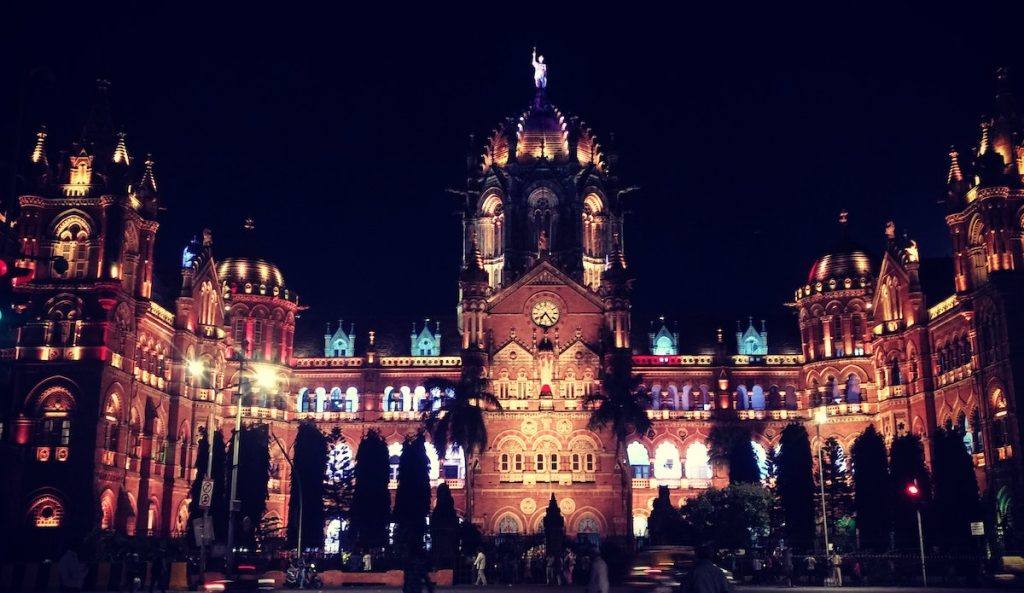Table of Contents
The Chhatrapati Shivaji Terminus (CST) is one of the most historic and iconic railway stations in India. It is located in the heart of Mumbai, formerly known as Bombay, and has been serving as the city’s primary railway station for over a century. CST has a rich history that is interwoven with the development of Mumbai as a major center of trade and commerce.

Construction and Early History
The CST building was constructed in 1887 to commemorate the Golden Jubilee of Queen Victoria. It was designed by Frederick William Stevens, an English architect, and was intended to be a symbol of Victorian-Gothic architecture in India. The building was originally named Victoria Terminus in honor of the Queen and served as the headquarters of the Great Indian Peninsular Railway (GIPR). In 1996, it was renamed Chhatrapati Shivaji Terminus in honor of the Maratha King Chhatrapati Shivaji.
Importance during the British Raj
During the British Raj, CST served as an important hub for the transportation of goods and people from different parts of India. It was also the departure point for long-distance trains to cities such as Delhi, Kolkata, and Chennai. The railway station was a vital part of the British administration in India and played a key role in maintaining control over the country.
Transformation into a UNESCO World Heritage Site
In 2004, CST was declared a UNESCO World Heritage Site, recognizing its architectural and cultural significance. The station building is considered an excellent example of Victorian-Gothic architecture and is regarded as one of the finest examples of Victorian Gothic Revival architecture in the world. The building is also recognized for its historical significance as a symbol of colonialism in India and as an important part of the city’s history.
List of the top tourist places near Chhatrapati Shivaji Terminus railway station
Gateway of India
This iconic monument is located just a few kilometers from CST and is one of the most popular tourist destinations in Mumbai. The Gateway of India is a grand archway built to commemorate the visit of King George V and Queen Mary in 1911.
Elephanta Caves
These ancient rock-cut caves are located on an island off the coast of Mumbai and are a UNESCO World Heritage Site. The caves contain ancient Hindu and Buddhist sculptures and are considered one of the finest examples of rock-cut architecture in India.
Prince of Wales Museum
Also known as Chhatrapati Shivaji Maharaj Vastu Sangrahalaya, this museum is located near CST and is one of the most important cultural institutions in Mumbai. The museum houses a vast collection of artifacts, including paintings, sculptures, textiles, and manuscripts.
Marine Drive
This scenic promenade is located along the Arabian Sea and offers stunning views of the city and the sea. Marine Drive is a popular spot for walking, jogging, and enjoying the sea breeze.
Haji Ali Dargah
This shrine is located on an island off the coast of Mumbai and is one of the most important religious sites in the city. Haji Ali Dargah is a mosque and tomb of a saint and is considered one of the holiest places in Mumbai.
Crawford Market
This bustling market is located near CST and is one of the largest and most popular markets in Mumbai. Crawford Market is known for its colorful stalls selling everything from fruits and vegetables to spices and textiles.
Conclusion
The Chhatrapati Shivaji Terminus is not only a railway station but also a cultural and historical icon in India. It has been serving the people of Mumbai for over a century and continues to be one of the busiest railway stations in the country. Its unique architecture and rich history make it a must-visit destination for tourists and history enthusiasts alike. The CST building stands as a testament to the city’s past and its role in the development of modern India.












